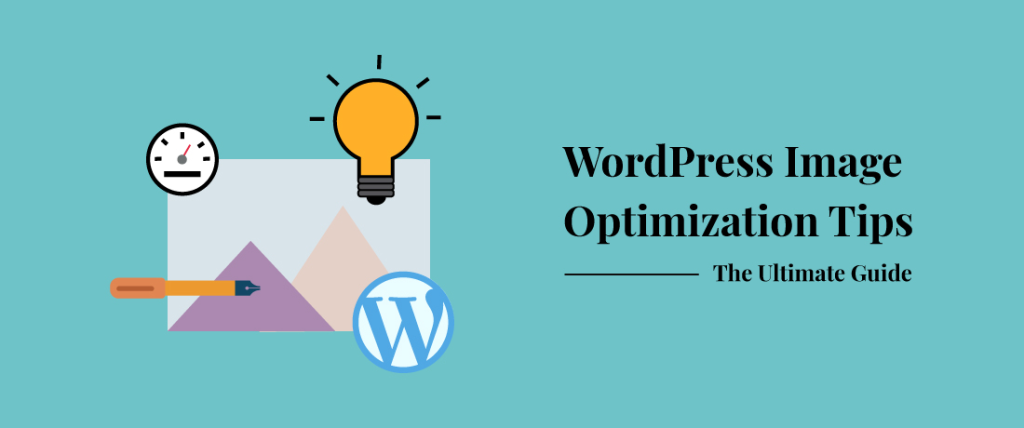How to Optimize Images and Media Files in WordPress for Faster Loading Times?

Are you tired of slow-loading websites? Do you want to improve your website’s loading time? If yes, then optimizing images and media files on your WordPress website can help you achieve this goal.
Images and media files are an integral part of any website, but they can significantly affect your website’s loading time. Large-sized images and media files can slow down your website, negatively impacting user experience and SEO. In this blog post, we will discuss how to optimize images and media files in WordPress for faster loading times.
Why is Media Optimization Important?
Before we jump right into the methods of optimizing images and media files, let’s first understand why media optimization is essential.
- Faster Loading Time: As mentioned earlier, large-sized media files can slow down your website, leading to a poor user experience. Optimizing media files can help reduce the loading time of your website, making it faster and more responsive.
- Improved User Experience: A fast-loading website can significantly improve user experience, leading to increased engagement and conversions.
- Better SEO: Website speed is a crucial factor in determining your search engine ranking. A slow website can negatively impact your SEO, leading to lower visibility and traffic.
Now that we understand the importance of media optimization let’s dive into the methods you can use to optimize images and media files in WordPress.
How to Optimize Images in WordPress?

Optimizing images is a vital step in reducing the loading time of your website. Here are some tips to optimize images in WordPress:
1. Choose the Right File Format
Selecting the right file format can have a significant impact on the size and quality of your image. JPEG files are ideal for photographs, while PNG files are best for graphics and illustrations.
2. Compress Images
Compressing images can reduce their size without sacrificing quality. You can use plugins like Smush or Optimole to compress images automatically.
3. Resize Images
Uploading large-sized images can significantly slow down your website. Ensure that the images you upload are appropriately sized based on your website’s design and layout.
4. Use Lazy Loading
Lazy loading is a technique that only loads images when the user scrolls down to that section of the website. This technique can significantly improve your website’s loading time.
How to Optimize Media Files in WordPress?
Apart from images, media files like videos and audio can also affect your website’s loading time. Here are some tips to optimize media files in WordPress:
1. Compress Media Files
Like images, compressing media files can significantly reduce their size, leading to faster loading times. You can use plugins like WP Smush or EWWW Image Optimizer to compress media files.
2. Use Video Hosting Services
Hosting videos on your website can significantly slow down your website. Instead, use video hosting services like YouTube or Vimeo to embed videos on your website.
3. Use Audio Streaming Services
Similar to video hosting services, you can use audio streaming services like SoundCloud or Spotify to embed audio files on your website.
Conclusion
Optimizing images and media files can significantly improve your website’s loading time, user experience, and SEO. By following the tips mentioned in this blog post, you can optimize images and media files in WordPress without compromising on quality. Remember to choose the right file format, compress images and media files, resize images, use lazy loading, and utilize video and audio hosting services.
So what are you waiting for? Start optimizing your images and media files today to make your website faster and more responsive.
[…] How to Optimize Images and Media Files in WordPress for Faster Loading Times? […]